Foot fungus or mycosis is a viral disease caused by a fungal infection that affects the skin of the feet and nails. You can become infected with a fungus through direct contact with it. With proper treatment, getting rid of this disease is quite simple. But without prevention and proper disinfection, there is a high probability of re-infection. Systematic treatment of shoes is an important preventive measure for the patient and will help avoid re-infection.
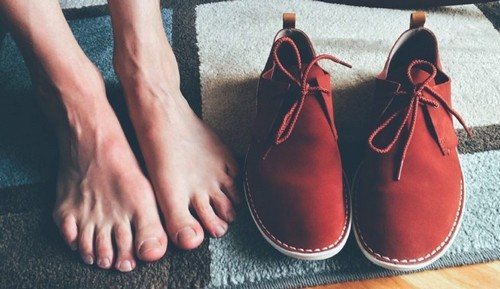
How long does fungus live in shoes?
Fungal spores live for a long period - about a year. Mycosis pathogens are resistant to high temperatures. The fungus thrives in dry environments and low temperatures. Under such conditions, it stops growing in anticipation of more favorable conditions. When placed in a favorable environment, it begins to multiply. High humidity is an ideal breeding environment.
Popular methods of disinfecting shoes
There are many ways to combat mycosis. The choice of disinfectants is very large. They use chemical solutions, special antifungal agents, traditional methods, devices and napkins.
Vinegar essence (including apple cider vinegar).
Vinegar essence is widely used to treat mycosis and treat shoes. Acetic acid creates an acidic environment in which fungal spores stop reproducing and die. However, this method should not be used during pregnancy, reduced immunity, or when large areas are affected.
In addition to vinegar essence, wine and apple cider vinegar are used. A cotton swab is soaked in vinegar and applied to the affected area.
Treatment with vinegar essence is done as follows: a cotton ball is moistened in vinegar and placed inside. The shoes are placed in a bag and left for a day. Then ventilate thoroughly. This type of disinfection can damage the material, so before processing the material being treated should be tested on a small area for resistance to acetic acid.
Chlorhexidine.
Chemical agent. Please note that a 1% solution is suitable for processing. The advantage of this product is the absence of a strong odor. The treatment is carried out as follows: a cotton ball is moistened in the product, placed inside the shoe and the bag is tightly tied. Leave overnight, then ventilate. Suitable for prevention. For treatment it is better to use more effective means.
Hydrogen peroxide.
Use 3% hydrogen peroxide. To achieve the effect, shoes are treated for several months. Used in combination with other drugs. For example, once with chlorhexidine, next time with hydrogen peroxide.
Formidron.
Has a strong antifungal effect. Processing is carried out from the inside. We treat the insoles separately and place them in a bag for a day, then take them out and dry them. Important: highly toxic drug. Before use, consult a doctor.
Formalin solution 15%.
Despite the unpleasant odor, it copes well with bactericidal problems. It is highly toxic. When disinfecting, be sure to use gloves and a mask.Shoe processing and drying is carried out outdoors. Due to their high toxicity, with frequent use, formalin and formidron can negatively affect the respiratory and nervous systems.
Miramistin.
It has no color or smell. Safe to use. Used in the same way as chlorhexidine.
Special means
Special antifungal agents achieve the desired effect in complex therapy. They have an antiseptic effect, remove pathogenic organisms, and eliminate unpleasant odors. Plus - safe for skin.
- Mycostop. The active component is undecylic acid. Ensures complete destruction of the fungus and prevents re-infection. Shoes are treated inside and out. Then place it in a bag and leave it for a day. Can be used to disinfect children's things. The spray is sprayed inside, then dry well. After three days, repeat the treatment. There is no need to put shoes in a bag.
- Gorosten. Has antimicrobial, antibacterial and antiviral effects on skin cell membranes. It is odorless and colorless.
- Dezavid. Can be used to process shoes made of any material and leaves no marks. No odor or harmful fumes. Can be used for any materials. Creates an environment in which the development of fungus becomes impossible. Hypoallergenic.
- Bitsin. Prepare yourself from a special water base and an ampoule with concentrate. The mixture is stored for about 2 weeks. This is the only drug that can be applied to wet shoes and immediately put on after use. Can be used to treat feet, perfectly combats unpleasant odor
- Laina. Used for prevention. Sold in veterinary pharmacies.For processing, use 0.5% or 0.8% in the form of a solution. Due to the dark color, it is not suitable for light-colored shoes. To process, moisten the swab in the solution, wipe twice on the outer and inner sides and leave for 15-30 minutes (time is selected depending on the concentration). Then rinse and dry the shoes. It has washing and deodorizing properties and does not destroy fabrics.
- Alaminol. The drug should be diluted to a 1% or 5% solution. The solution is poured into the shoes and immediately poured back. Then wash thoroughly under running water and dry.
- Optimax prof. During processing, a solution of the drug is used. The prepared solution is stored for no more than two weeks. For processing use 2 or 3%. The shoes are completely placed in the solution and left for 30 minutes. It has good cleaning, disinfecting and deodorizing properties. Does not damage treated surfaces.
Ultraviolet dryers
You should pay attention to special ultraviolet dryers (fungus lamp for shoes). Under the influence of ultraviolet radiation, fungus and other harmful organisms are destroyed. Timson and Xenelight lamps are often used. Very easy to use. Just insert into each sock and turn on. Wait 6-8 hours. They dry shoes well and remove unpleasant odors. When choosing, it is important not to buy a fake. It’s easy enough to check by holding any banknote up to the glow. Absolutely safe. An excellent solution for allergy sufferers and people with hypersensitivity to drugs
Additional folk remedies
If the treatment is carried out for preventive purposes, you can get by with folk recipes.
Ammonia.It has a pungent odor, so disinfection must be carried out in a well-ventilated area. The shoes are treated inside with cotton wool soaked in ammonia, placed in a bag and ventilated well every other day.
Using the same principle, you can treat with tar (suitable for dark surfaces), manganese, iodine, propolis tincture, boric acid. Baking soda is used for treatment; it has an excellent antiseptic effect. Steam your feet daily in strong brewed coffee. You can make ointment from eggs. Leave for a day in vinegar, skim off the resulting foam, add butter.
Equipment for disinfection at home
Before you start processing shoes, you need to prepare. To disinfect at home, you need to purchase the necessary equipment.
- Hand gloves and face mask. Some products have a very strong odor and can be highly toxic. To avoid burns to mucous membranes and skin, you need to use gloves and a mask.
- Choose the appropriate product: chemical solution or antifungal agent. The method of disinfection depends on the choice of medicine. It is important to remember that chemical solutions are highly toxic and can damage the surface being treated. After use, you need to thoroughly air out your shoes.
- Antifungal agents achieve good results in complex therapy. Easy to apply to the surface to be treated, non-toxic.
- Cotton pads. They are soaked in the solution and placed inside the shoes.
- Packages. It is important to select bags according to size so that boots fit completely in them and the bag can be tightly closed.
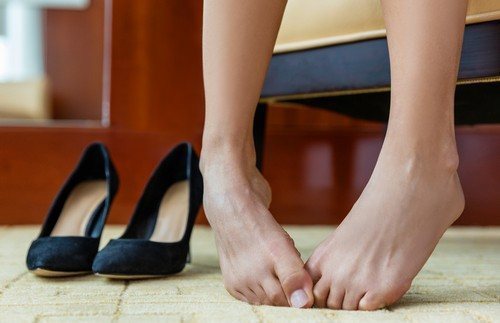
Shoe processing procedure
Shoes should be prepared.It must be washed thoroughly with soap and dried. Clean suede shoes with a brush to remove dirt. Laces and insoles are processed separately.
Solutions
Disinfection with solutions is carried out as follows: The product is applied from the outside and inside to dry and clean shoes. A cotton pad is soaked in the solution and placed inside. Particular attention is paid to the area of the fingers and feet. After processing, it should be packed in a bag and left in a warm place for a day. After this, take it out and dry it well and ventilate. It is advisable to check the effect of the selected solution on the material by treating an inconspicuous area.
Sprays
Sprays can also be used for disinfection.
It should be noted that spray treatment has a great advantage over solutions. They are highly effective. Easy to use, no need for strict dosage, can be used to treat shoes, personal items, and foot skin.
With regular use, they ensure complete elimination of fungal spores. Eliminates favorable microflora for reproduction; pronounced antiseptics for the skin prevent its re-production. To completely eliminate spores, it is recommended to carry out treatment for 3-5 days. During treatment, they are able to penetrate into all layers of keratinized skin, remaining there for a long time, thereby ensuring a rapid healing process. They are classified depending on the type of infectious agent and the material of the shoes being treated. When treating, it should be used in complex therapy.
For prevention, the spray is applied to the insoles and inner surface of shoes 1-2 times a week.When treating for fungus, you need to wash your shoes well, remove the insole and carefully treat the entire inner surface. Place in a plastic bag and leave for two days
In advanced stages, it is recommended to use it as part of complex therapy.
The need for simultaneous treatment of legs and feet
It is important to remember that when infected, it is necessary to simultaneously treat all infected areas of the skin of the feet and legs. Otherwise, this may lead to re-infection with mycosis.
Preventive measures
To avoid infection with mycosis, you should follow a number of basic rules.
- maintain personal hygiene. It consists of regularly washing your feet in warm water using antibacterial soap;
- keep your feet dry and cool, since high humidity and warmth are an ideal environment for reproduction;
- do not walk barefoot in public places;
- choose the right shoes. It is advisable to choose from natural materials, avoid trying on bare feet in the store;
- carry out regular disinfection of all boots, sandals, boots;
- the use of special preparations that will prevent the fungus from penetrating the skin.
All these measures taken together will reduce the risk of infection with mycosis to a minimum.
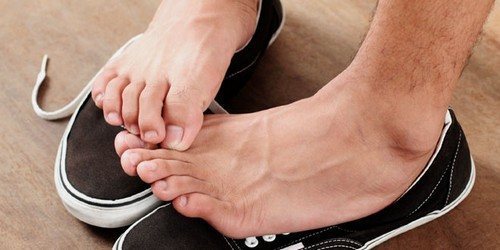
Disinfection of shoes during pregnancy
During pregnancy, treatment should be carried out with caution. For disinfection, carefully select the product. The drug must have a pronounced antifungal and antimicrobial effect. The medicine must achieve the desired effect in a short time. All drugs must be safe for both the woman and the fetus.
Thermikon and bifosin sprays can be distinguished.Termicon is a colorless liquid with a specific odor. Prevents the spread of infection. The duration of treatment is about a month. Bifosin has the advantage that it does not enter the general human bloodstream.
A doctor should prescribe a specific medicine. It is not recommended to use any remedy on your own. This can negatively affect the woman's condition or have a negative effect on the fetus. When disinfecting, the substance must be selected taking into account the specific type of fungus.
How to treat shoes from fungus in children?
Also, the question often arises - how to treat shoes in children? Sprays are preferable for disinfection - they are safer. For example, the spray mykostop, gorosten have no color and odor, hypoallergenic. You can also use special wipes. Wipes are impregnated with an antifungal agent. The main function is to prevent the proliferation of bacteria.
Before using any remedy, you must consult a doctor. It should be remembered that with mycosis, it is necessary to carry out simultaneous treatment of all family members. In addition, all personal items, including bed linen and towels, are treated along with the shoes.


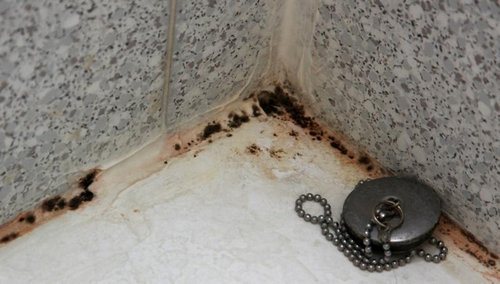
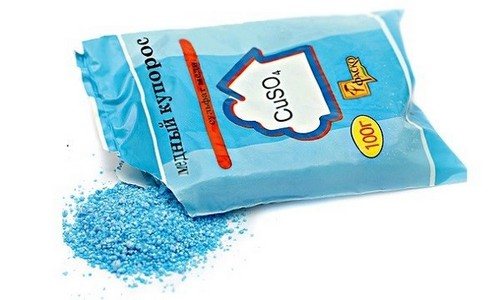
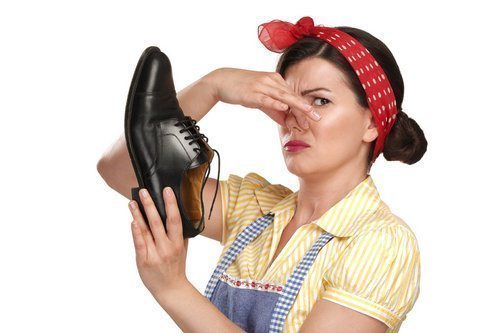
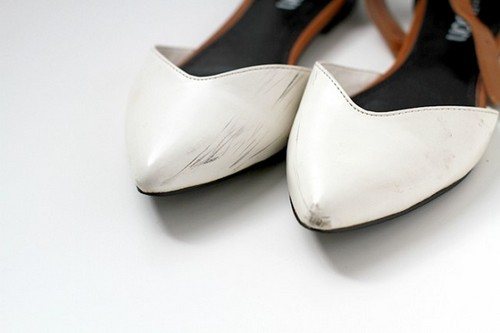

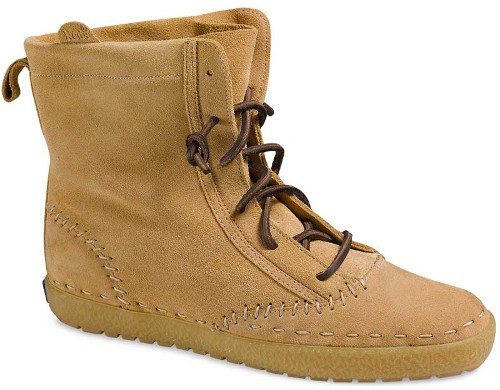
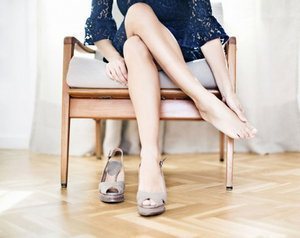
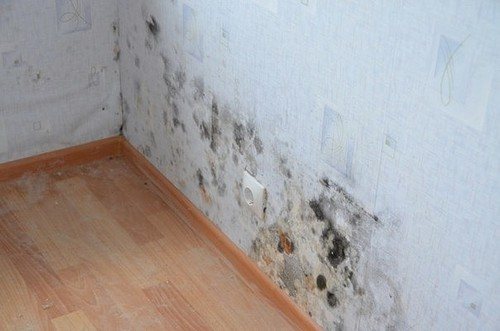
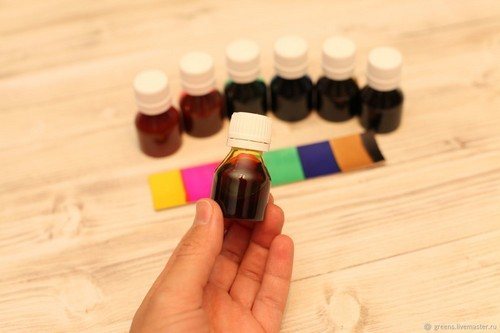
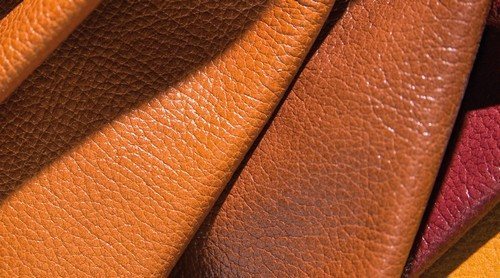
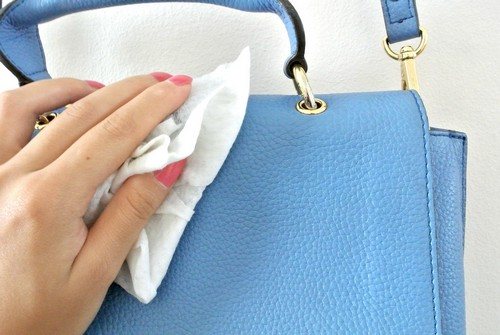
Excellent practical advice. Thank you!